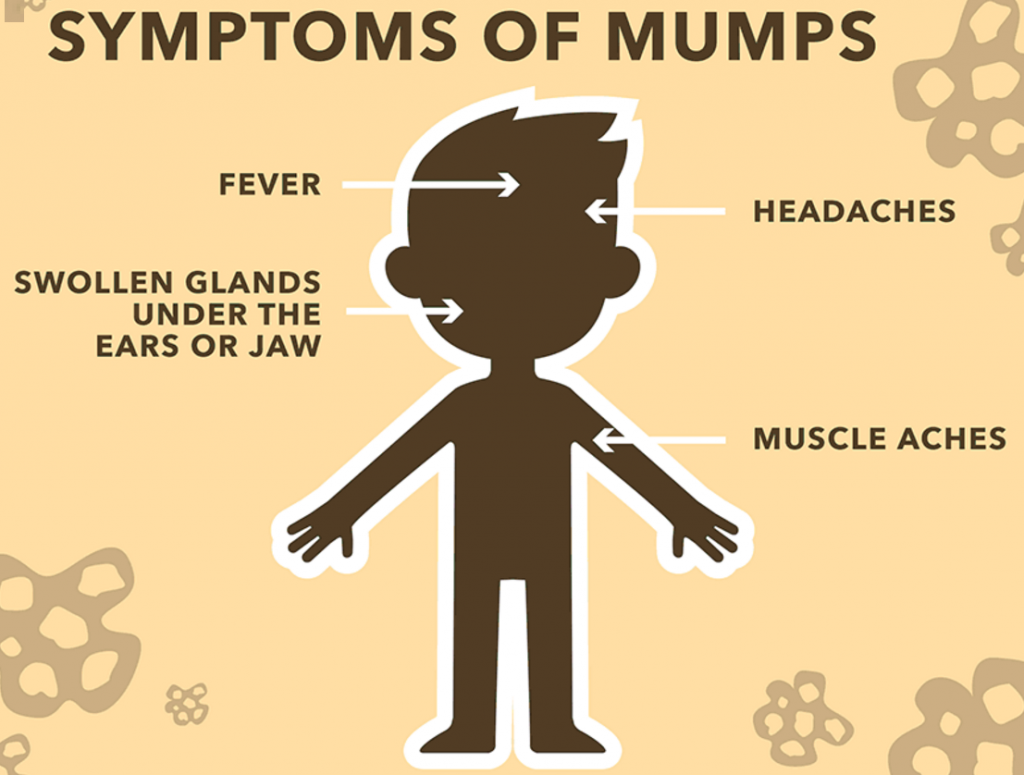Colorado health officials have reported 60 mumps cases as of Mar. 31, a significant increase as compared to recent years.

In fact, the 60 cases reported during the first three months of 2017 is more than the total cases reported in the past eight years combined.
In late January, the Colorado Department of Public Health and Environment (CDPHE) advised the public on the importance of vaccination:
“Because of the high numbers of mumps cases across the country, it is especially important to make sure your children are vaccinated,” said Rachel Herlihy, director of the Disease Control and Environmental Epidemiology Division at the CDPHE. “Both adults and children should make sure they are up to date on their mumps vaccine.”
Mumps is a viral infection that causes painful swelling in the glands of the cheek and jaw. Other symptoms may include low-grade fever, fatigue, loss of appetite and headache, but about a third of people who have the virus don’t have symptoms. The virus is spread through direct contact with the respiratory droplets or saliva of an infected person. Serious complications from mumps are rare, but include meningitis and other problems.
Symptoms of mumps usually appear from 16 to 18 days after exposure. A person with mumps can spread the disease from two days before to five days after gland swelling begins, so people with mumps should stay at home until at least five days after the swelling starts.
Through Mar. 25, 1,965 mumps cases nationally have been reported to the Centers for Disease Control and Prevention (CDC).
Related:
- Auckland reports dozens of mumps cases in 2017 to date
- Typhoid outbreak: ‘We do not know how or when it got into Auckland’
- Pertussis booster shot in pregnant women reduces risk for newborns by more than 90 percent
- Cebu: Human rabies death reported in Mandaue City


One thought on “Colorado sees significant spike in mumps”